5 Smart Storage Solutions For Wet Dishcloths
Wet dishcloths left in the sink or on counters develop mildew, leading to unpleasant odors and bacteria growth.
Proper storage keeps them dry and ready for use while preventing unwanted smells.
Finding the right method depends on available space and daily habits.
Simple adjustments can keep dishcloths fresh without extra effort.
How to Stop Dishcloths from Developing Odors
Keeping dishcloths fresh and odor-free requires proper drying techniques.
Allowing them to hang freely ensures good airflow, preventing the buildup of bacteria that causes unpleasant smells.
Be mindful of how you use these cloths; wiping raw meat introduces harmful bacteria, making them unsafe for other tasks.
In situations with high contamination risks like raw meat or milk spills, opting for a paper towel can be a cleaner choice since it can be disposed of easily.
Using reusable dishcloths for lighter messes helps maintain hygiene while keeping your kitchen environment safe and pleasant.
How Frequently Should You Wash Dishcloths?
A fresh dishcloth every day keeps germs at bay.
After using it, hanging it up allows for air circulation, helping to dry out any moisture.
Storing the cloth in a dry hamper prevents unpleasant odors and unwanted bacteria from forming.
Each morning offers a chance to grab a clean cloth for your tasks ahead.
When you establish this routine, maintaining cleanliness becomes effortless and efficient.
Storage Container
Storing used dishcloths can be a hassle, but a simple solution exists.
A wire bin placed under the sink offers an effective way to keep them organized.
Opt for one that allows airflow; this helps prevent any unwanted moisture buildup.
Mold growth on damp cloths can lead to unpleasant surprises when laundry day arrives.
Adding screws for hanging purposes enhances air circulation beneath the basket, further reducing odors and mildew risks.
Consider how easy it becomes to maintain cleanliness with just a small adjustment in your kitchen space!
Waterproof Storage Bag
Special wet bags serve a practical purpose in managing damp items, particularly useful for kitchen towels.
Crafted from materials specifically designed to contain moisture, they prevent leaks while holding wet cloths.
Regular washing of these towels is essential; neglecting them can lead to mildew despite the bag's protective qualities.
Storing sopping wet dishcloths for extended periods isn't advisable, as freshness diminishes quickly in a confined space.
These bags are handy solutions when you need to transport or store moist items temporarily without creating messes elsewhere.
Discover how these innovative products can simplify your cleaning routine by checking them out on Amazon.
Breathable Laundry Sack
A mesh laundry bag serves as a practical substitute for traditional wet bags.
It allows air to circulate freely, reducing the chances of unpleasant odors and mildew forming on dishcloths.
Careful storage is essential since moisture can still escape through the mesh.
This option strikes a balance between convenience and functionality, ensuring that your cloths remain fresh for longer periods.
With various sizes available, you can find one that fits your needs perfectly.
Consider exploring options online to see which style works best for you.
Is It Okay to Wash Dishcloths with Clothes?
Washing dishcloths with regular clothes isn’t advisable for several reasons.
Hot water is essential for effectively cleaning dishcloths, while most everyday garments don’t require such high temperatures.
Mixing loads can lead to inadequate washing, resulting in lingering bacteria on your dishcloths.
Frequent changes of your dishcloth should be a habit; using the same one repeatedly only increases germ exposure.
Prioritizing hygiene means treating these cloths separately and changing them daily to maintain a clean kitchen environment.
What’s the Best Way to Sanitize Dishcloths?
Sanitizing dishcloths is essential for maintaining a clean kitchen.
Boiling them in water effectively kills bacteria, ensuring they are free from harmful germs.
A washing machine cycle with hot water and detergent offers convenience while thoroughly cleaning the fabric.
For a quick solution, soaking cloths in a mixture of vinegar and water can also eliminate odors and disinfect them naturally.
Choose the method that fits your routine best to keep your kitchen safe and hygienic.
Heat Treatment
Germs can linger on dishcloths, making them a hidden source of bacteria in your kitchen.
Hot water is essential for effective cleaning, with temperatures reaching at least 140 degrees needed to eliminate harmful germs.
Adjusting your water heater before washing towels may help achieve the necessary heat level.
Boiling dishcloths is another straightforward method; just bring a pot of water to a rolling boil and let the towels simmer for about 15 minutes.
The dryer offers an alternative too; running it on high for at least 30 minutes can aid in sanitizing them as well.
Knowing the exact temperature inside your dryer might be tricky, so it's wise to combine methods if you're seeking peace of mind regarding cleanliness.
Using Bleach for Cleaning
Washing dishcloths can be tricky, especially when it comes to sanitation.
A solution involves using bleach, which effectively kills germs and bacteria.
It’s important to remember that bleach can change the color of fabrics; some materials may not react well to it.
Pouring bleach directly onto laundry isn’t safe; always use the designated dispenser in your washing machine instead.
This method ensures an even distribution while protecting your clothes from potential damage.
Keeping these tips in mind helps maintain both cleanliness and fabric integrity during washes.
Cleaning with Vinegar
Vinegar serves as an excellent alternative to harsh chemicals for cleaning kitchen towels.
With its natural acetic acid, this common household ingredient effectively eliminates bacteria and viruses.
A half-cup of vinegar added to your laundry can freshen up even the most soiled fabrics.
For larger loads that need extra attention, consider using a full cup to achieve optimal results.
Remember the importance of keeping vinegar and bleach separate; combining them creates harmful fumes that can be dangerous in enclosed spaces.
Choosing vinegar not only protects your towels but also promotes a safer home environment for everyone.
Ways to Store Dishcloths Efficiently
Consider using a dedicated hook in the kitchen for easy access and efficient drying.
A small basket or bin on the countertop keeps cloths organized and allows airflow, preventing mustiness.
Magnetic clips attached to the fridge or cabinets create an innovative spot to hang your cloths without taking up counter space.
Adopting these methods not only helps maintain cleanliness but also supports sustainable habits in daily life.
Towel Bar or Hanging Rack
Hanging a dishcloth on a towel rack allows it to dry effectively, keeping your kitchen tidy.
When space is limited, consider using a magnetic towel rack that attaches effortlessly to the sink without any screws.
This innovative solution saves counter space while maintaining easy access to your dishcloth.
Another option involves placing a rack over cabinet doors for discreet storage.
Stowing the towel inside the door keeps surfaces clear and organized while ensuring it's within reach when needed.
These simple additions can significantly enhance your kitchen's functionality and aesthetic appeal.
Under-Sink Organizer
A caddy serves as an efficient solution for both drying dishcloths and tidying up your kitchen space.
Various designs exist, ranging from compact options that fit snugly beside the sink to larger organizers that accommodate multiple items.
The removable drip tray is a standout feature, ensuring your countertop stays clean and free of water stains.
You can easily place sponges, towels, or cleaning supplies in one convenient spot.
This clever accessory not only enhances organization but also promotes better hygiene by allowing wet cloths to air dry properly.
Choosing the right caddy can make kitchen tasks smoother and more enjoyable for anyone who loves a tidy environment.
Hook with Suction Attachment
Finding a practical solution to organize your space can be exciting.
A simple hook system allows you to keep items easily accessible without cluttering surfaces.
Crafting a basic rod with s-hooks is an excellent DIY project that adds personal flair.
Suction cup hooks offer versatility, sticking to various surfaces and holding lightweight items securely.
Hanging cloth or accessories becomes effortless with this convenient setup, giving you instant tidiness wherever needed.
Consider exploring options available online for even more creative ideas!
Dishcloth Drying Rack
Keeping dishcloths in the sink often feels unappealing.
A holder on your countertop changes that narrative completely.
This clever design accommodates several cloths, ensuring they stay clean and organized.
No more worrying about germs lurking in murky water.
With easy access to fresh dishcloths, cooking and cleaning becomes a breeze.
Why not elevate your kitchen's style while enhancing its functionality?
Wall-Fixed Towel Hanger
A towel holder attached to the wall or cabinet changes how you organize your kitchen space.
Keeping dishcloths off the counter helps maintain a cleaner look while allowing them to air dry effectively.
This simple solution reduces mess, preventing water from pooling on surfaces.
Adhesive mounting makes installation effortless, eliminating the need for tools or drilling.
The design adds functionality without sacrificing style in your kitchen decor.
Consider this option if you're looking for a more hygienic and organized way to manage dishcloths.

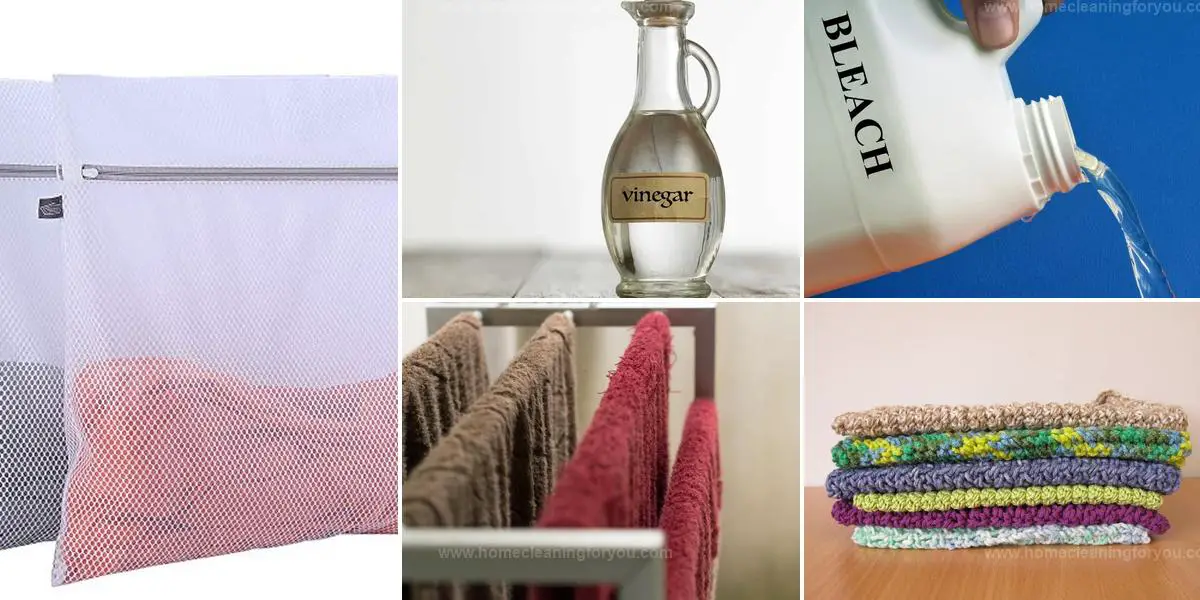
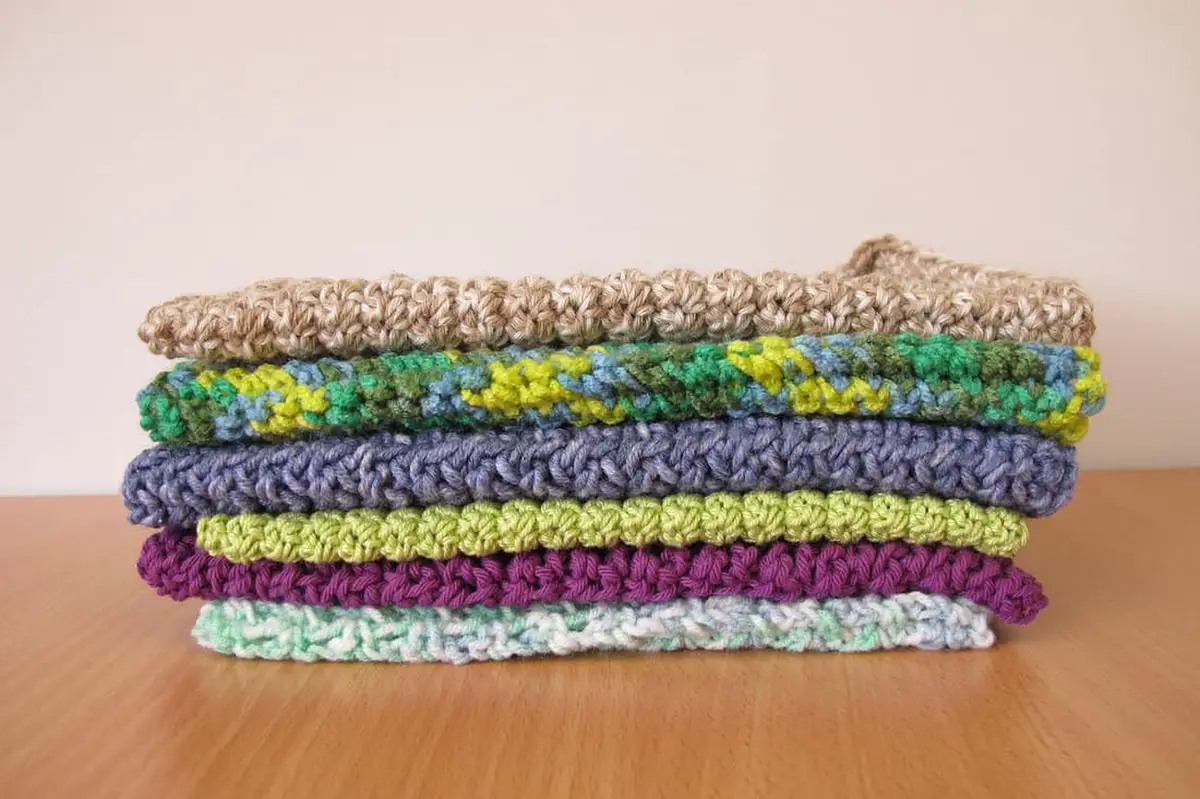
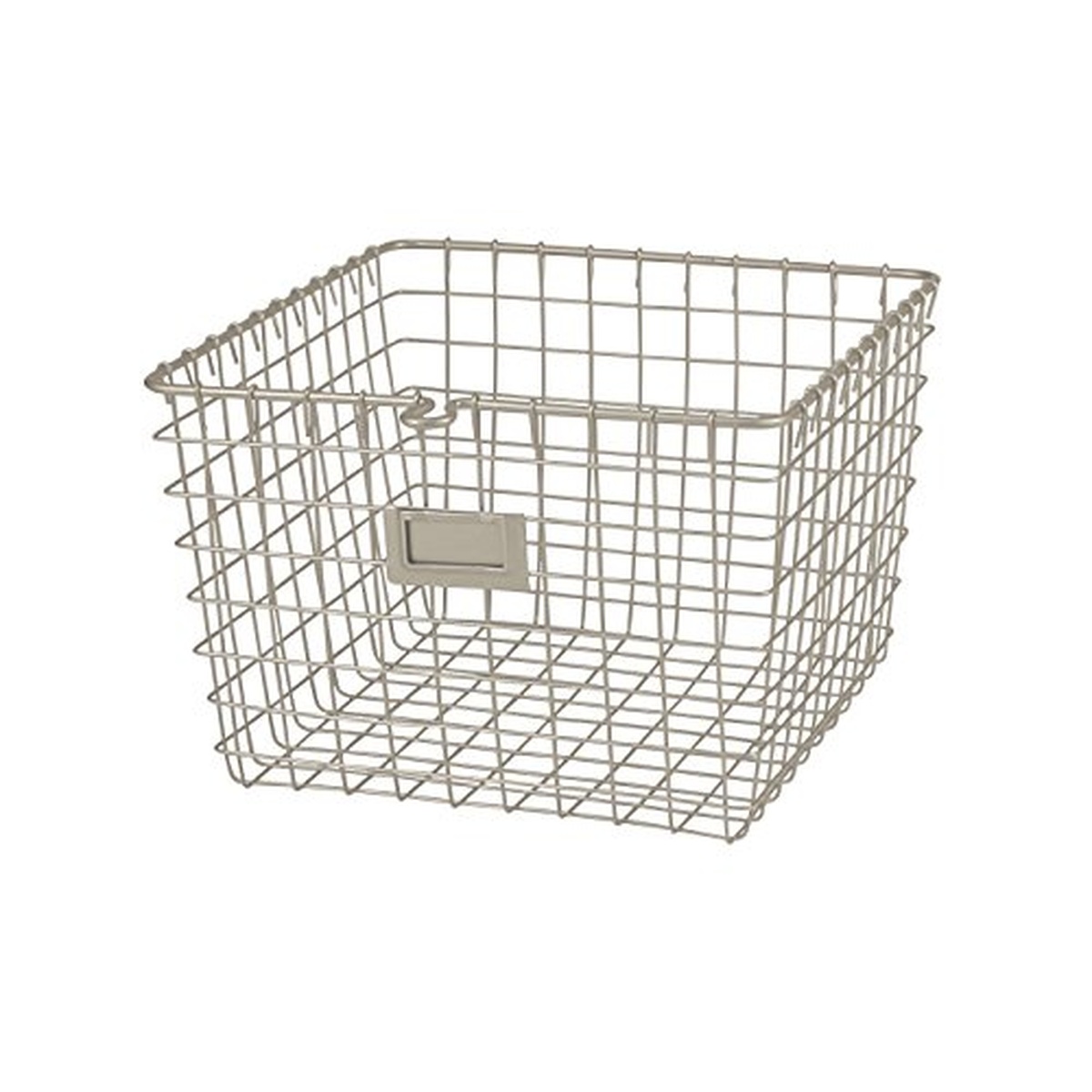
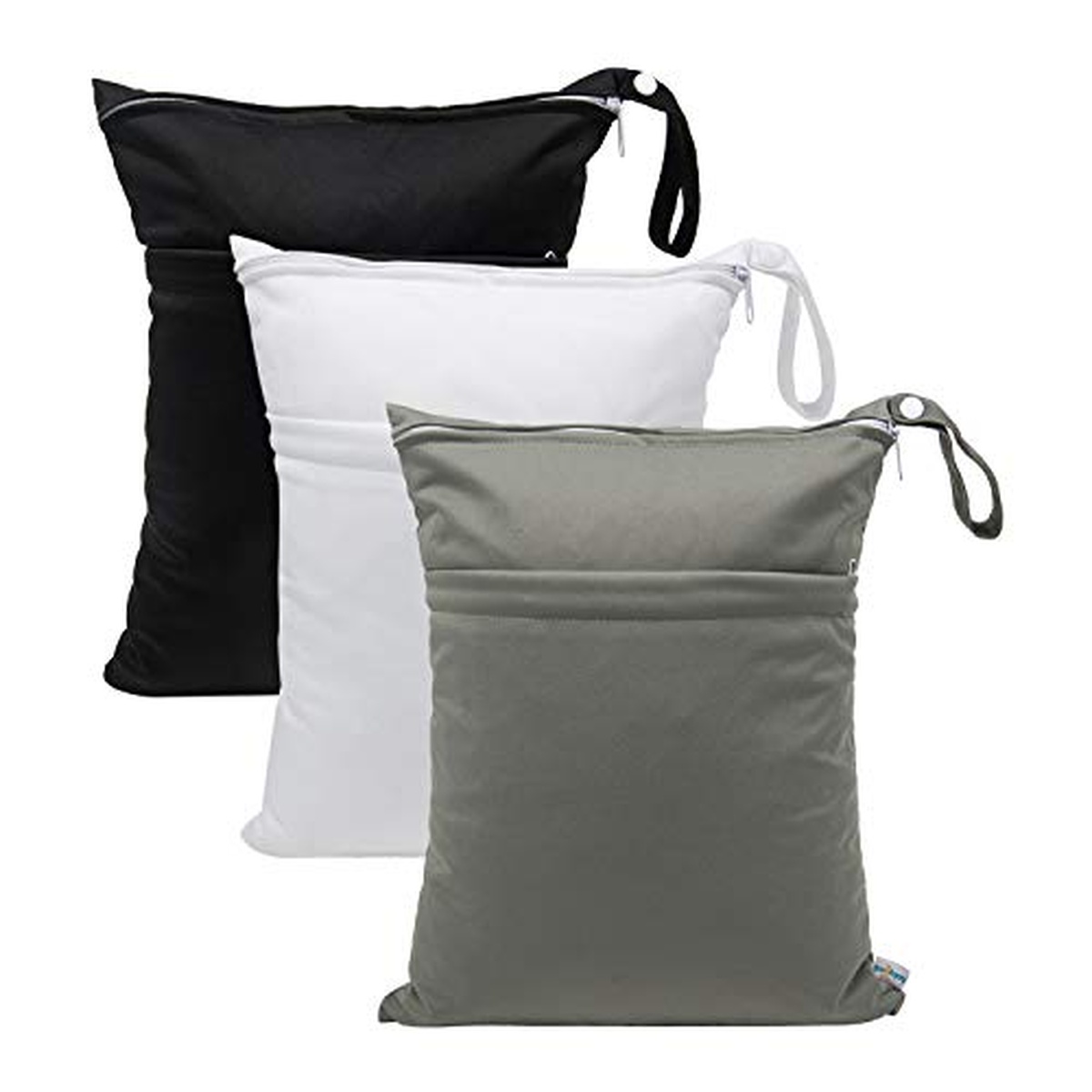
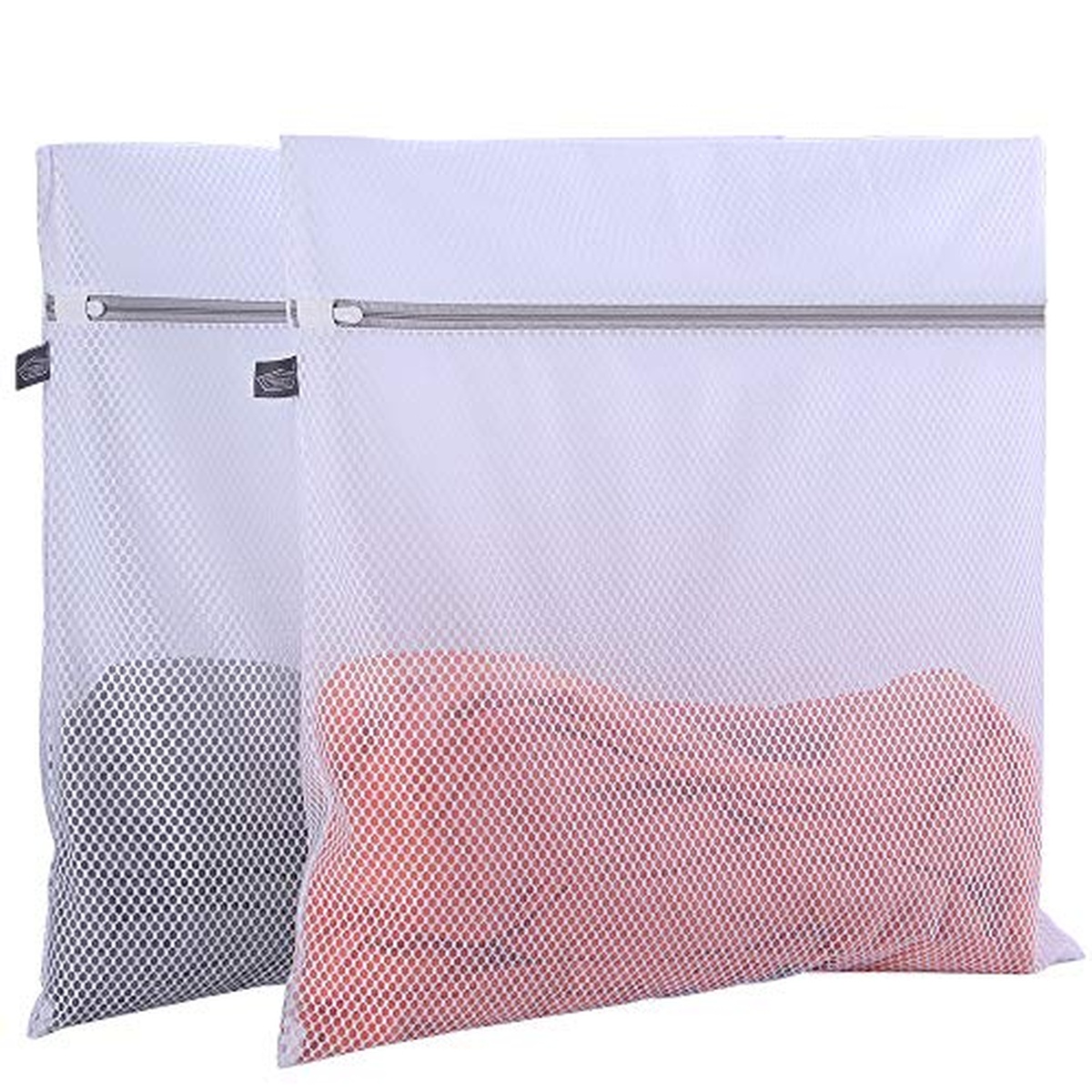
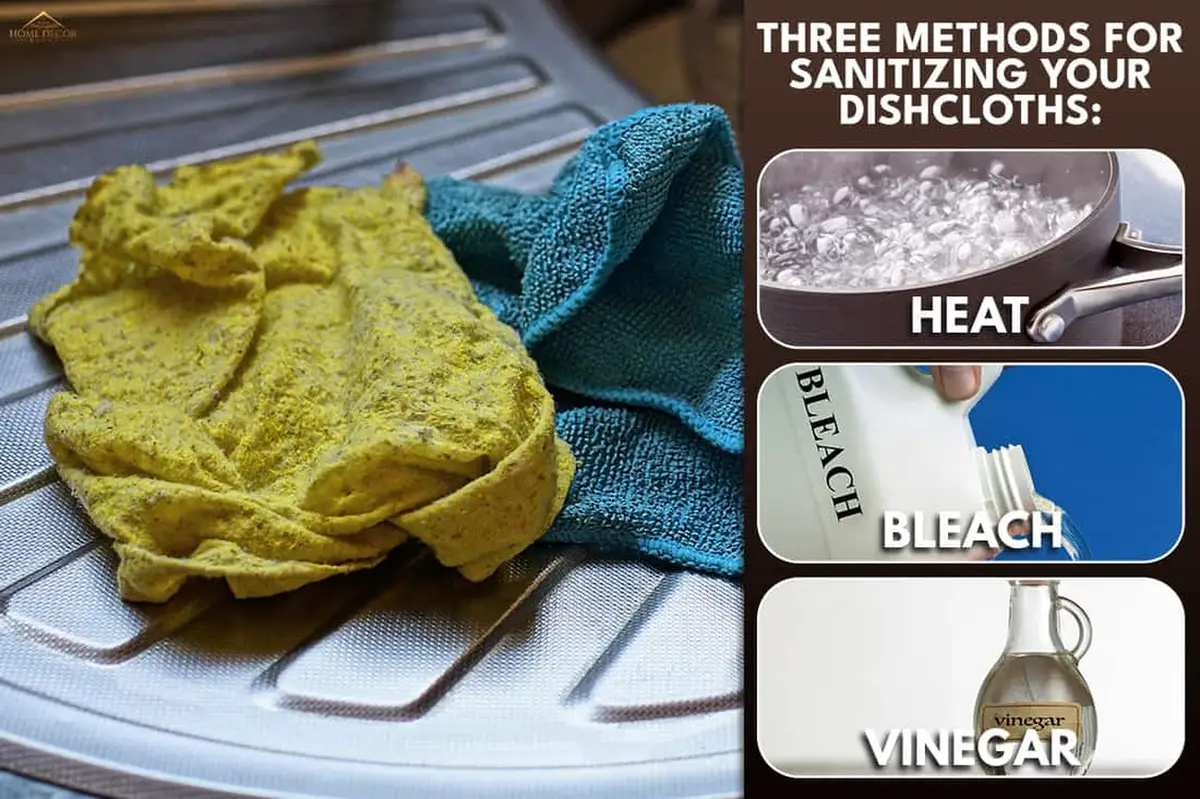
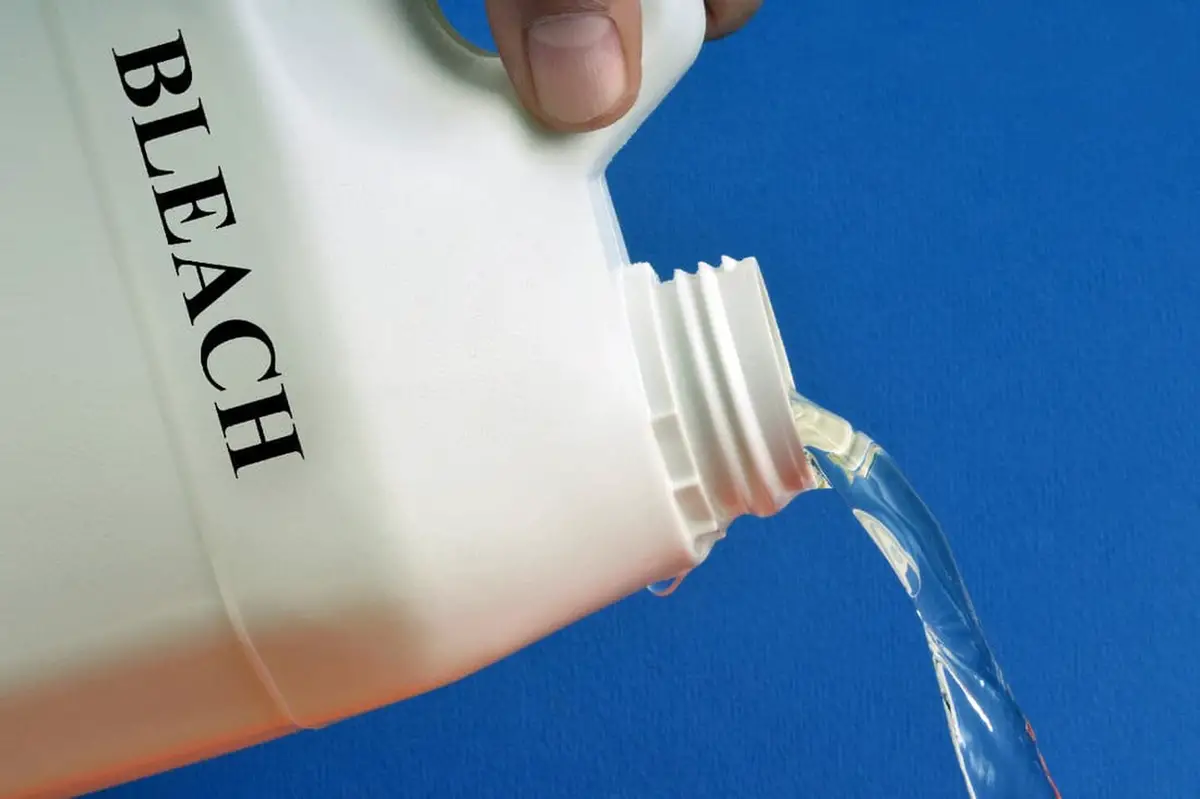
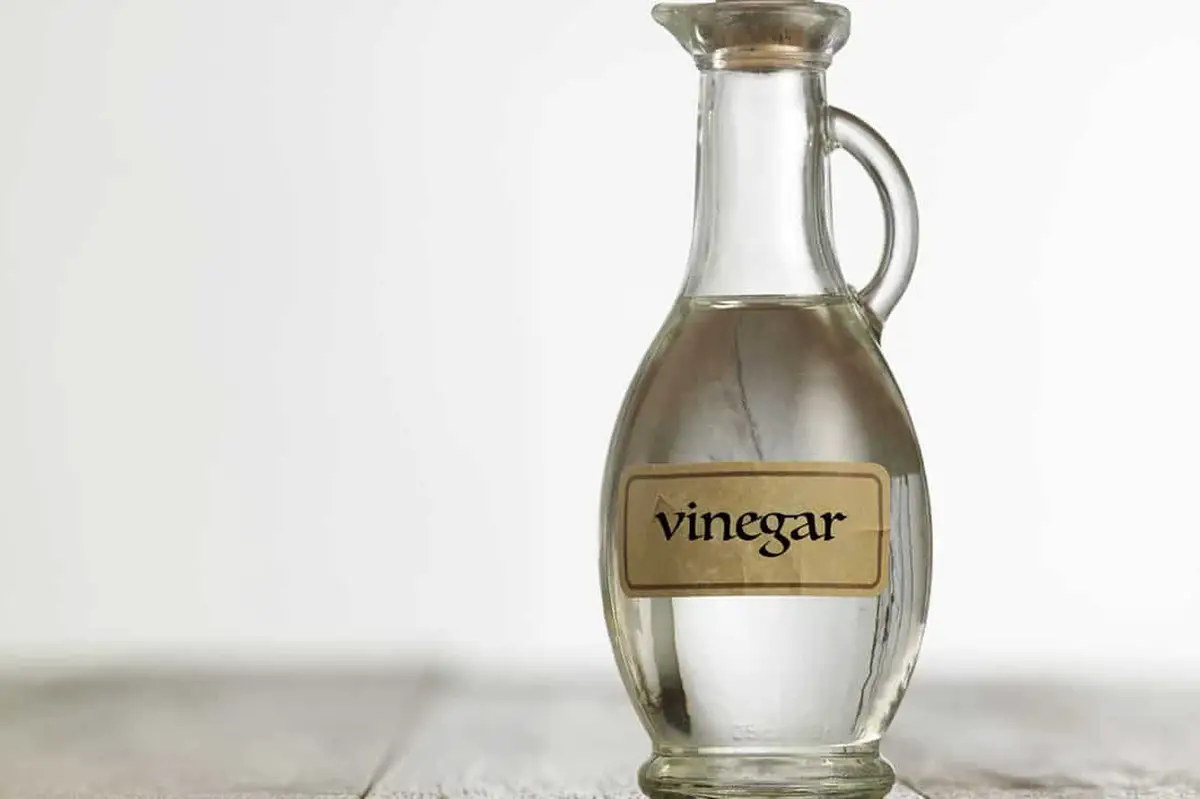
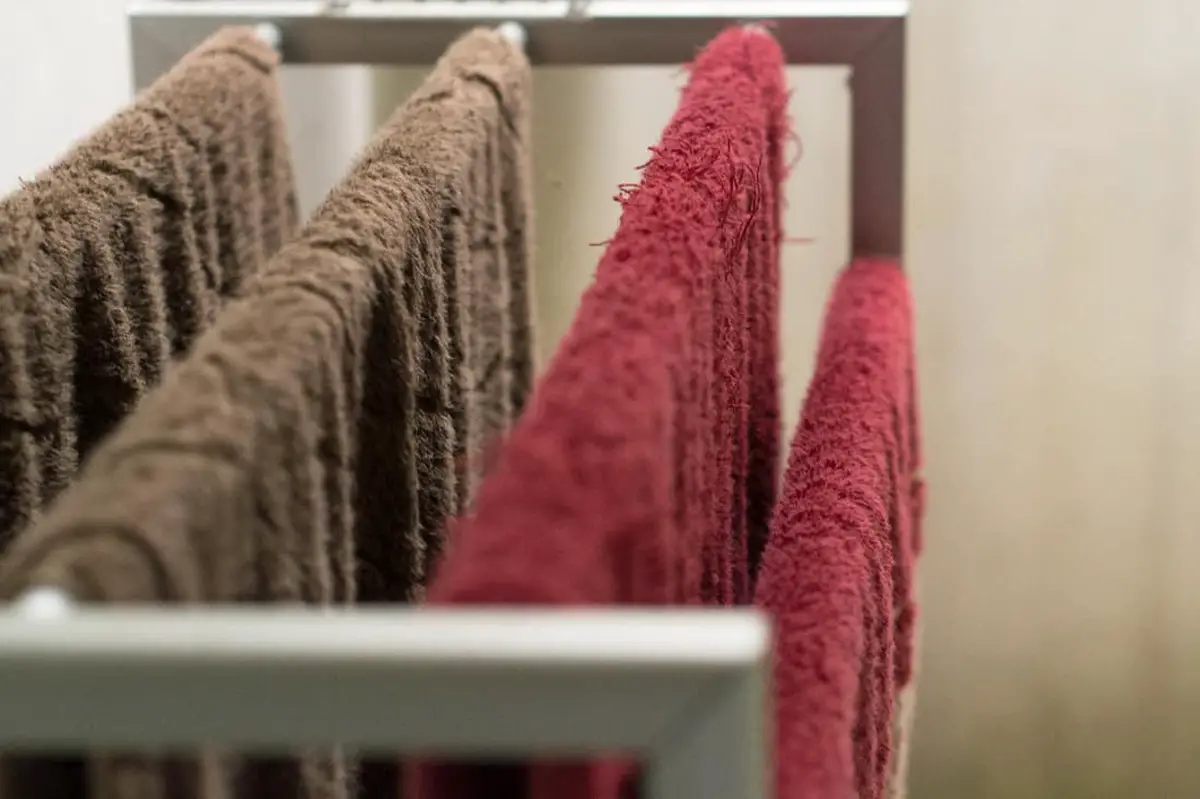
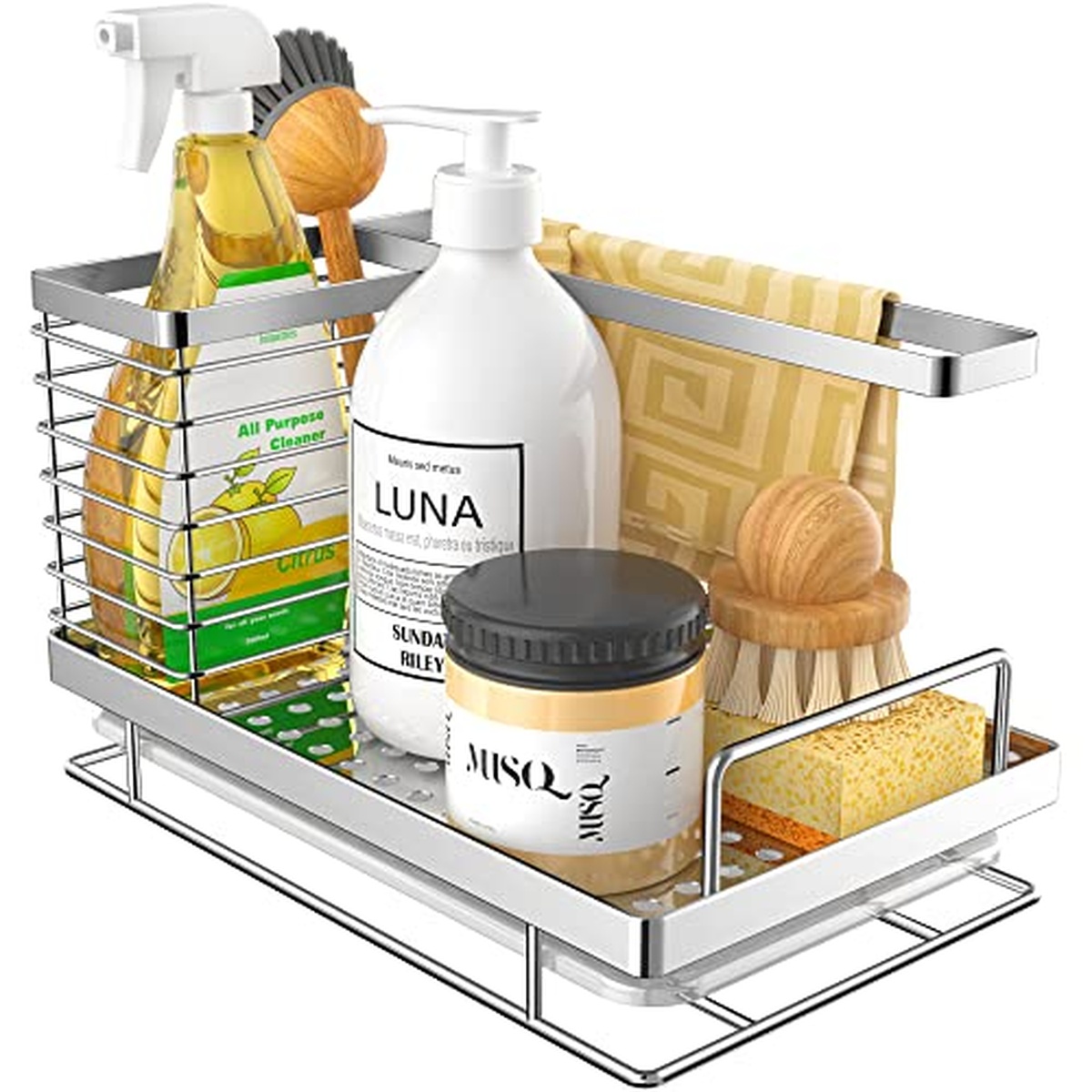
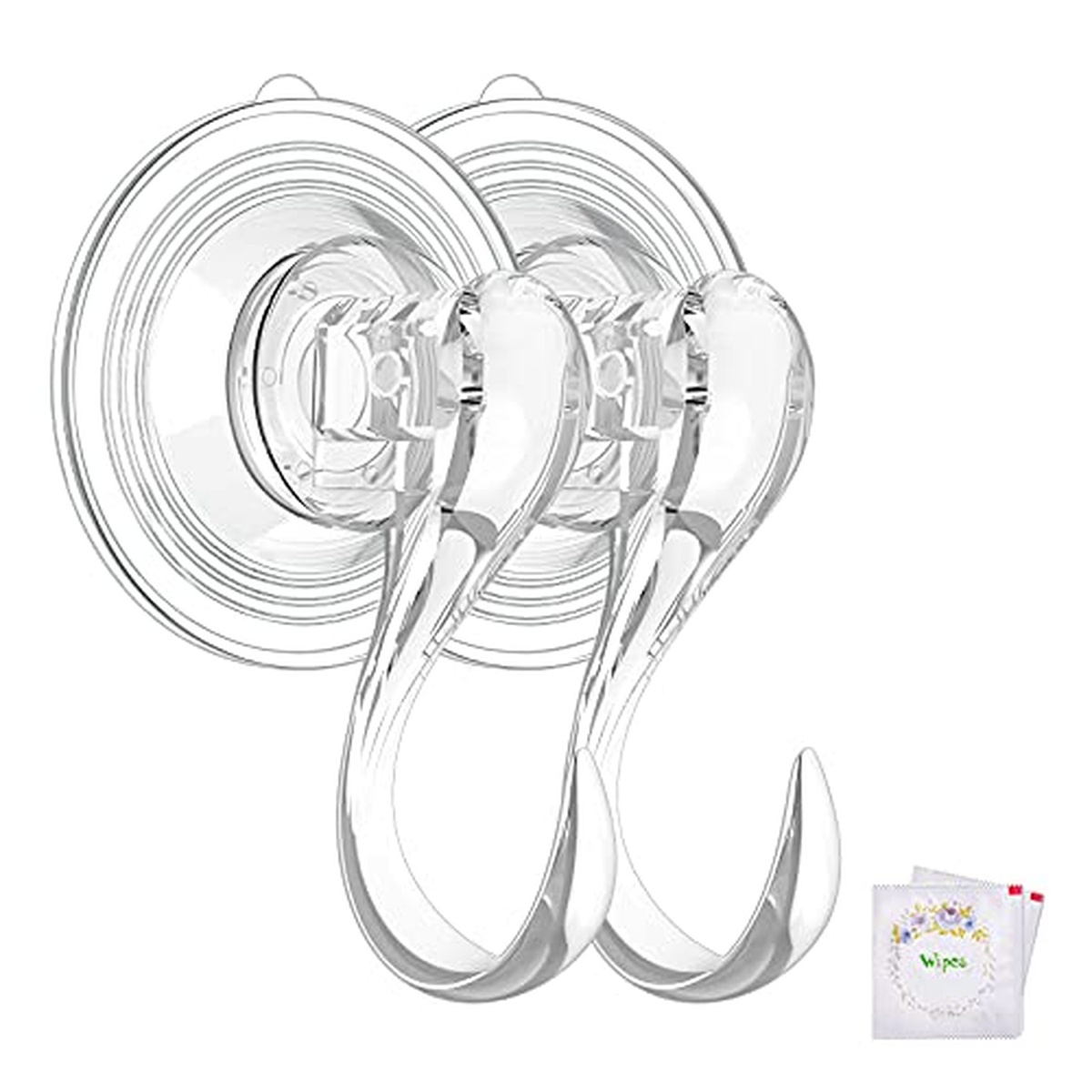
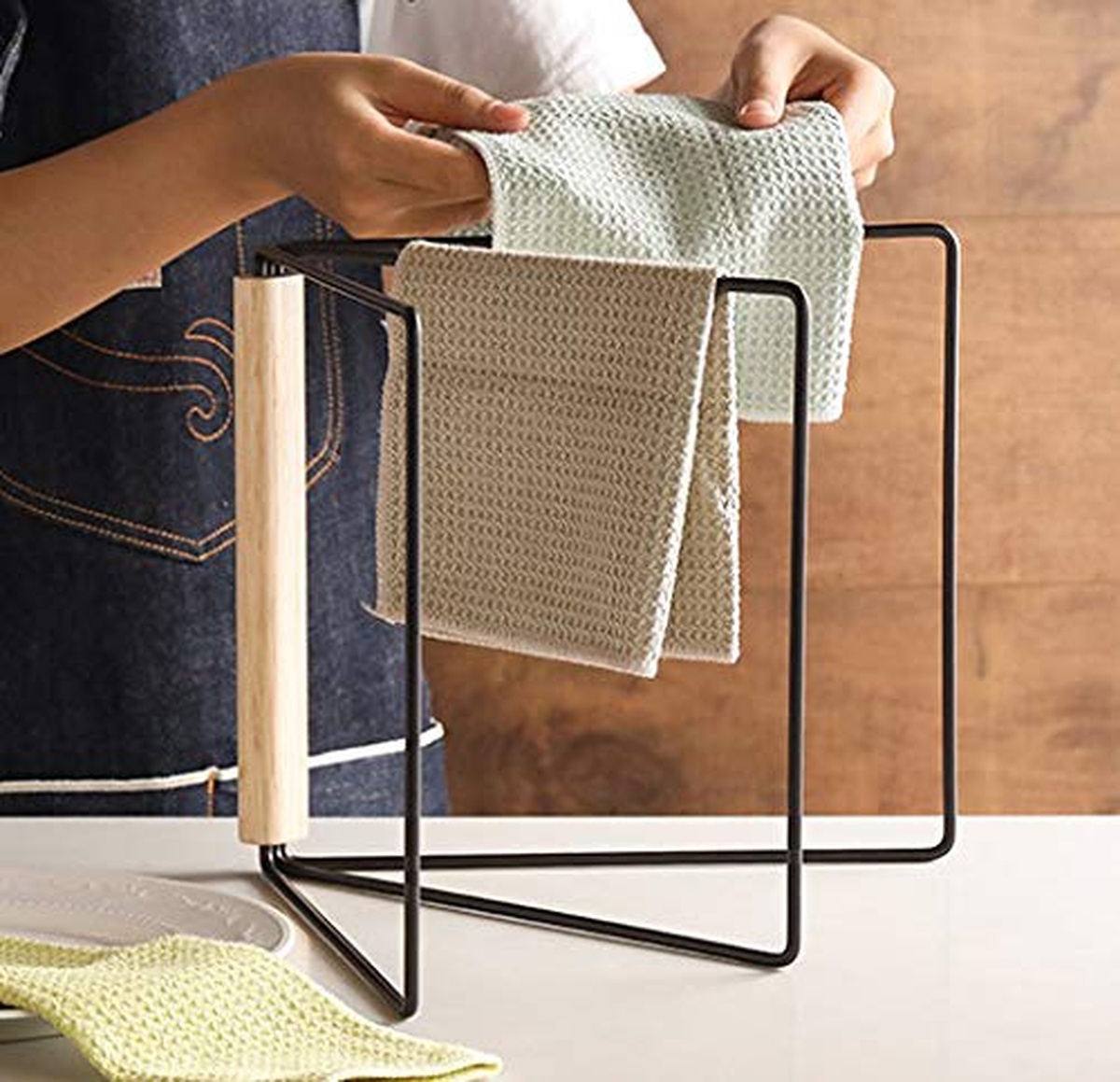
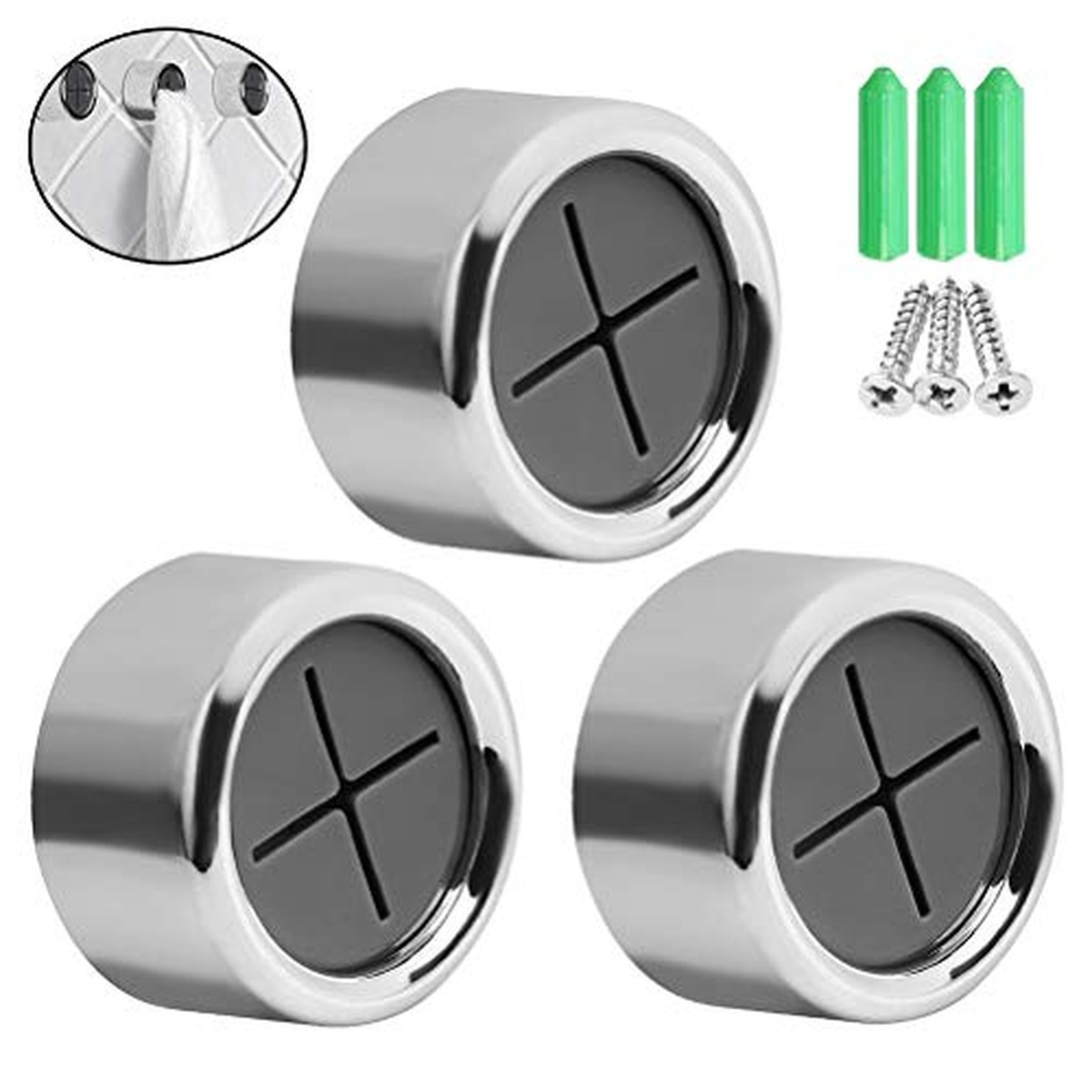
Kevin Jones
Founder & Chief Home Organization Strategist
Expertise
Home Organization & Decluttering, Efficient Cleaning Methods & Stain Removal, Sustainable Cleaning Practices, DIY Home Maintenance & Repairs, Space Optimization & Storage Solutions, Budget-Friendly Home Care Strategies
Education
University of Texas at Austin
Kevin Jones is the Founder and Chief Home Organization Strategist at HomeCleaningForYou.com.
He earned a Bachelor of Science in Interior Design from the University of Texas at Austin, focusing on space planning and sustainable design. Specializing in home organization, decluttering, and budget-friendly home care, he helps homeowners create functional and stylish spaces.
Kevin has been featured in lifestyle publications and has collaborated with eco-friendly brands on home organization solutions. He shares his expertise through DIY guides, workshops, and online tutorials. Passionate about minimalism, he enjoys testing new organization methods and exploring sustainable living ideas.